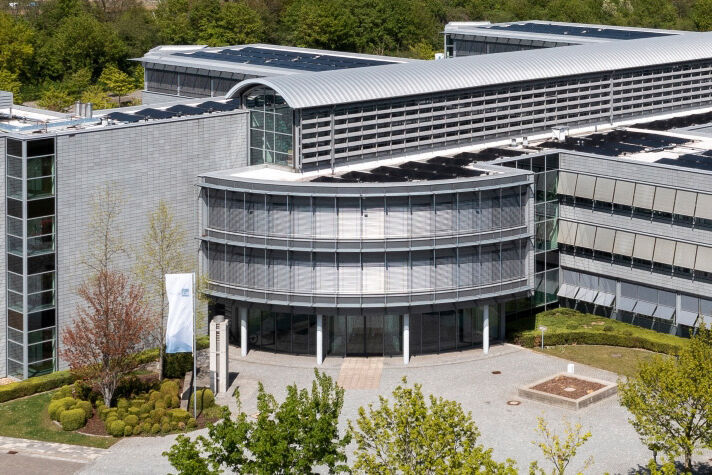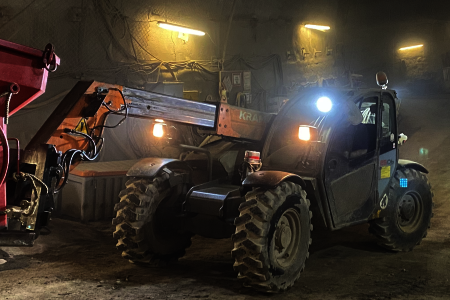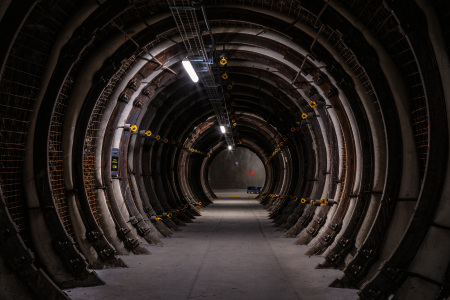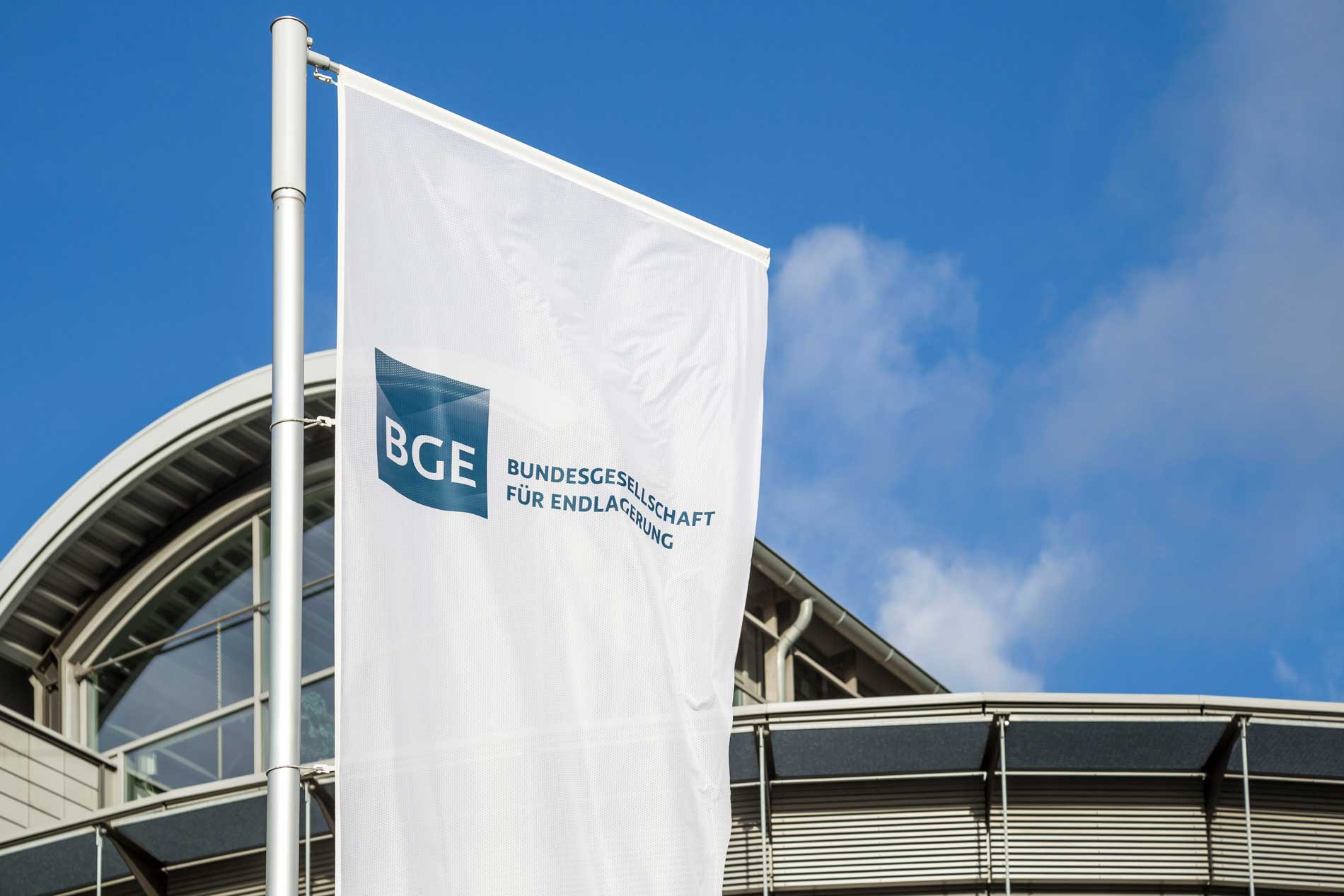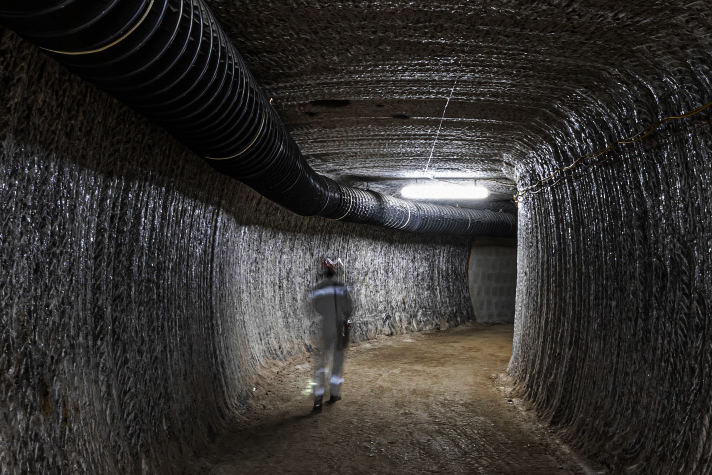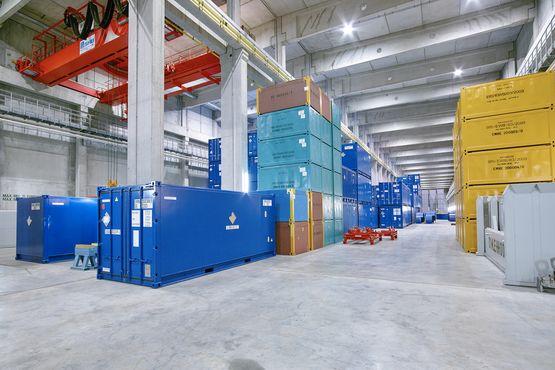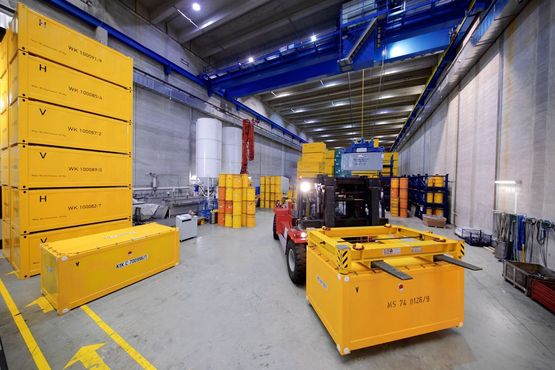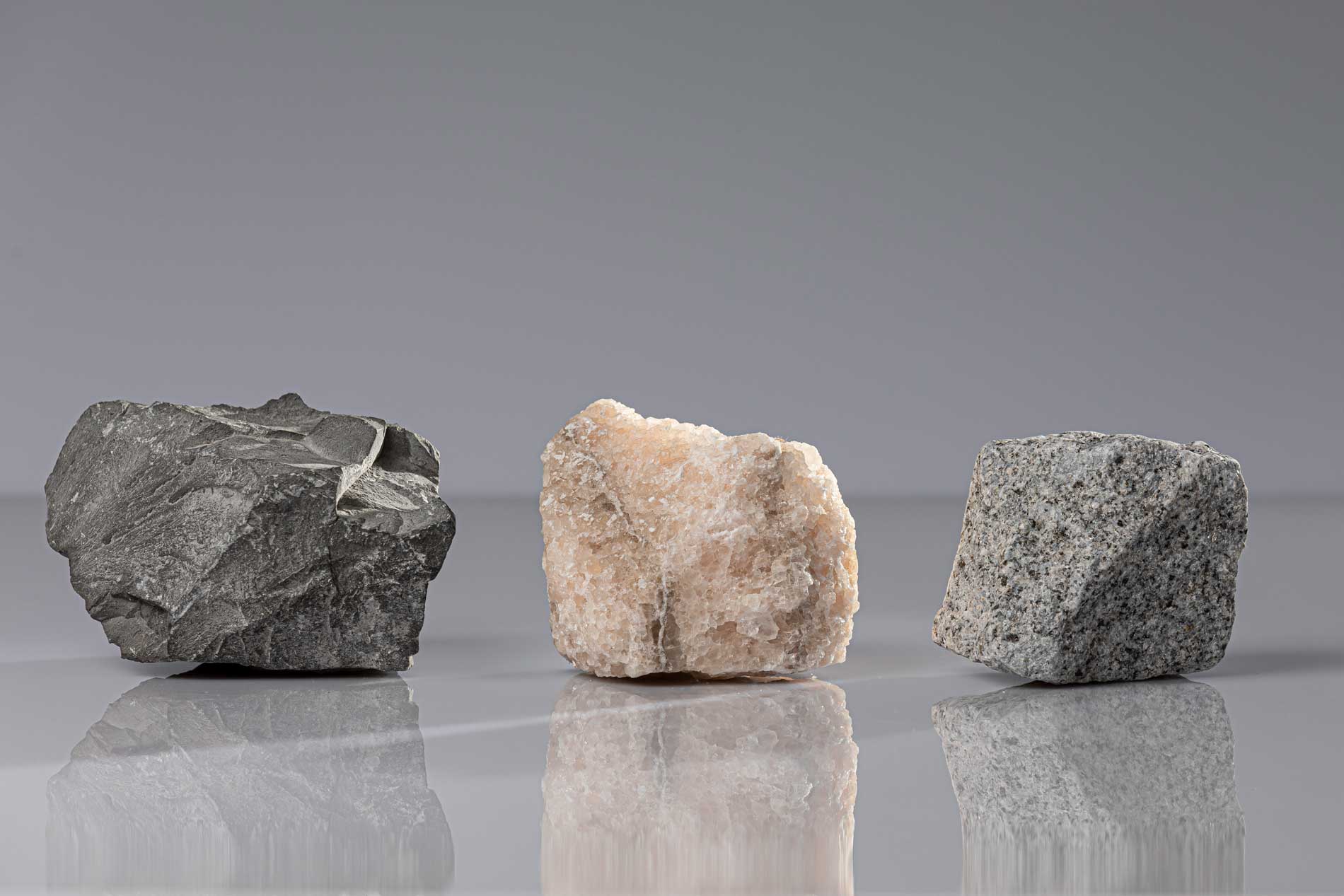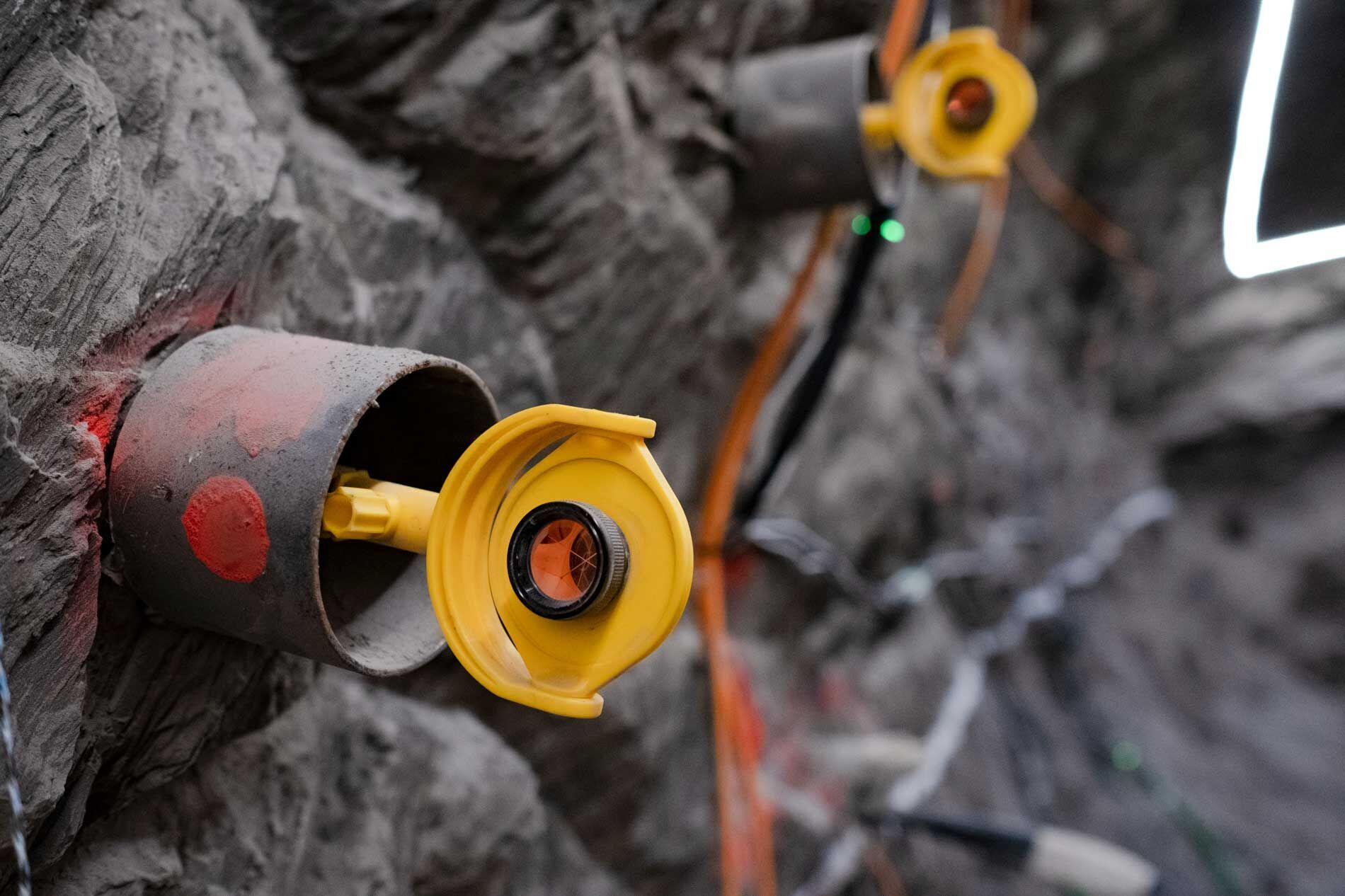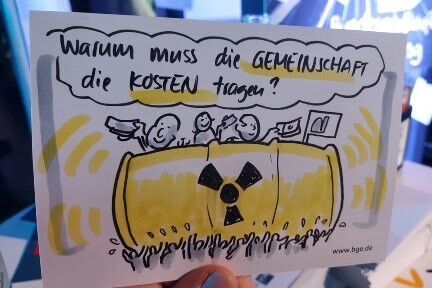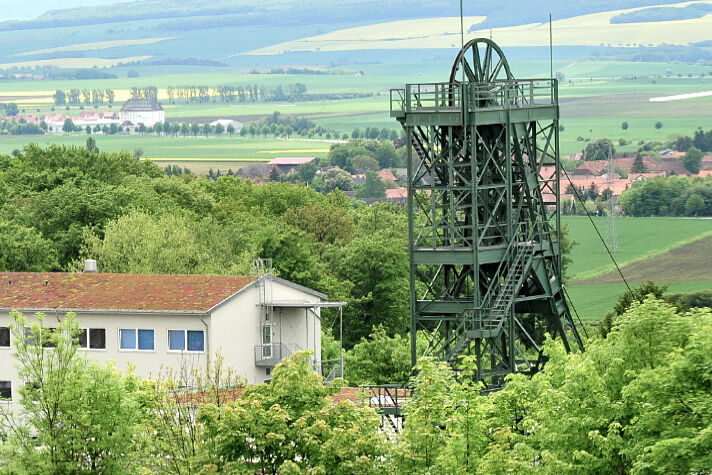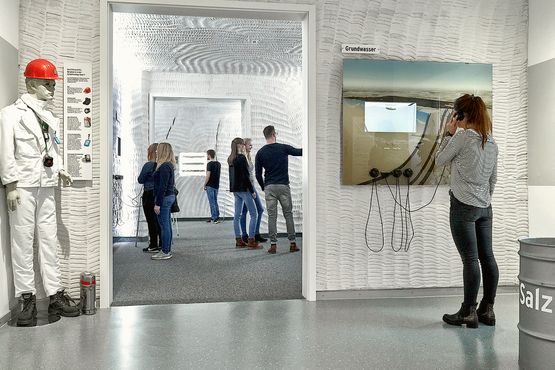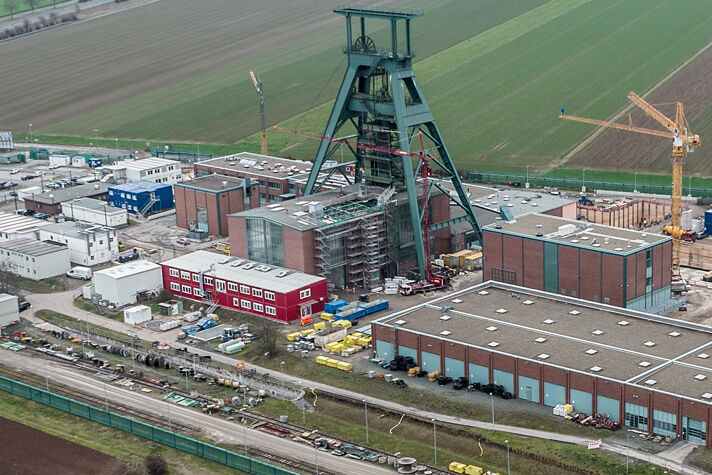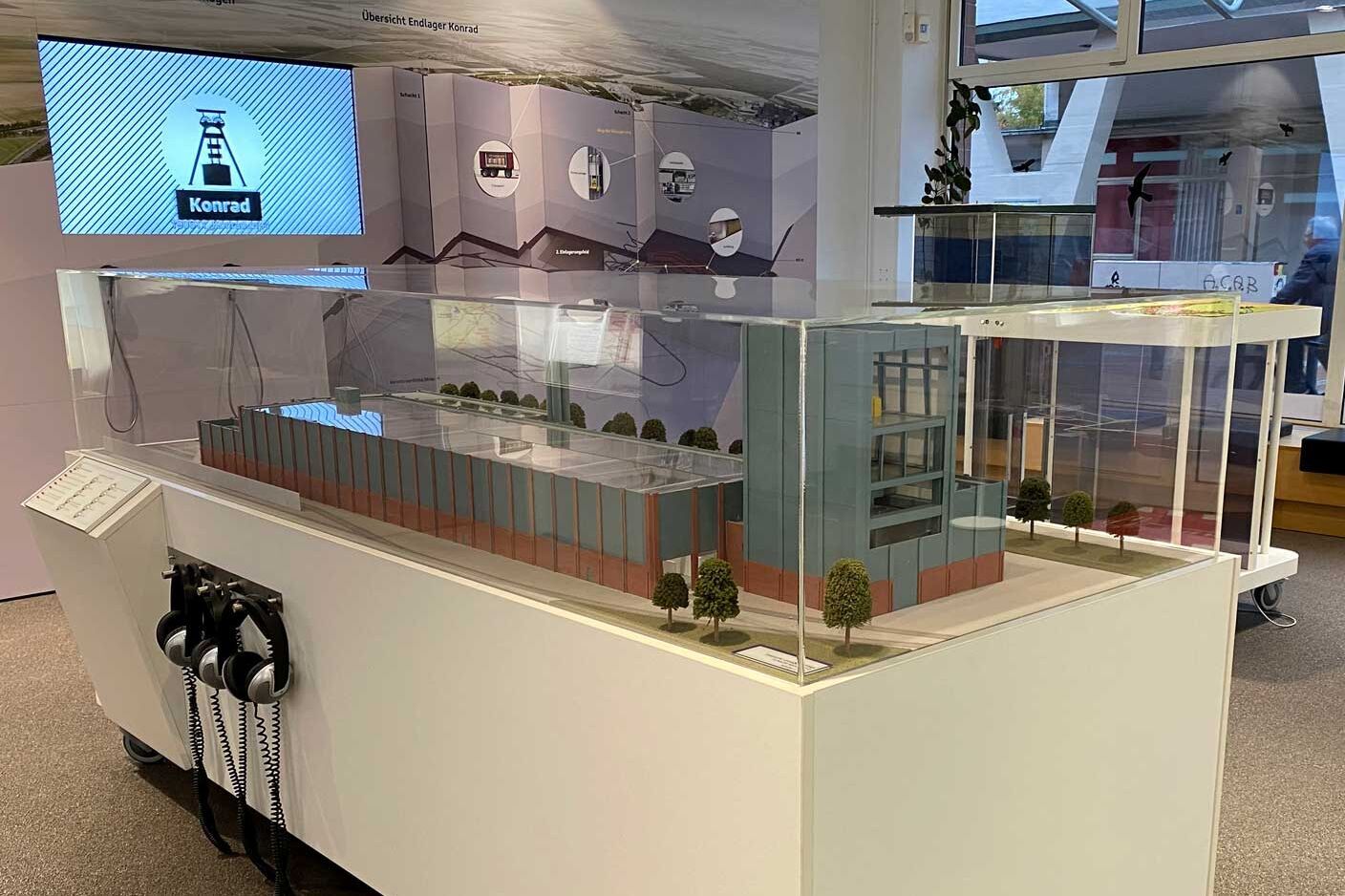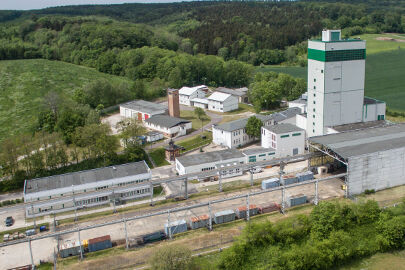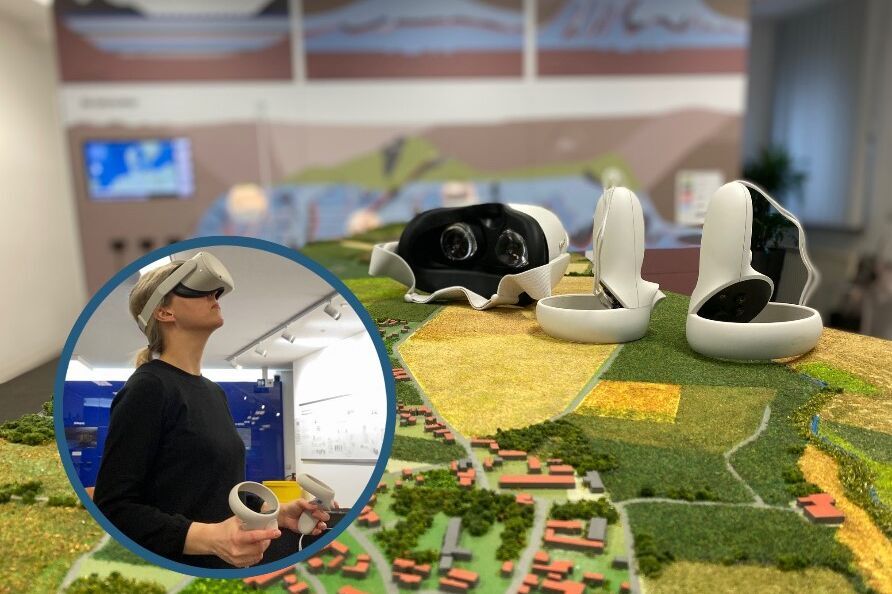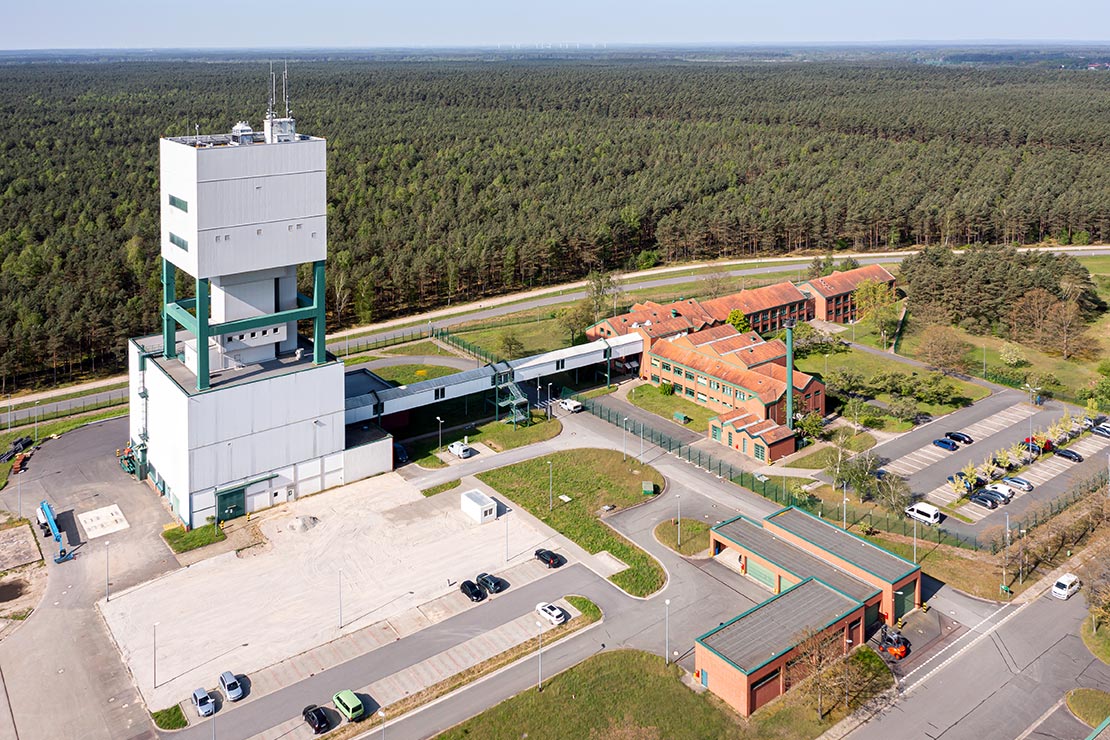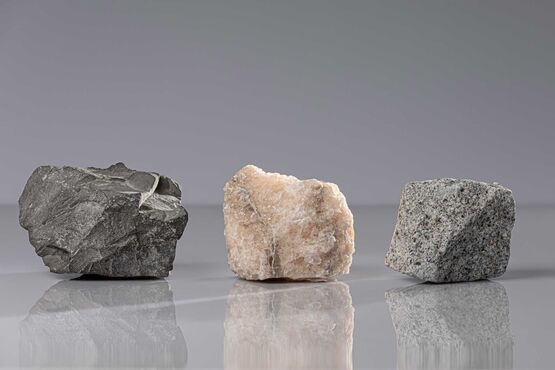High-level radioactive waste generates heat due to the high level of radiation energy. There are limits to the level that this heat is permitted to reach in a repository. The Bundesgesellschaft für Endlagerung (BGE) has now defined temperature limits for the different host rocks for the repository for high-level radioactive waste (German only). For rock salt, the temperature limit used in the preliminary safety analyses as part of the site selection procedure is 150 degrees Celsius (°C). For claystone and crystalline rock, the temperature remains set at 100°C, as proposed in the Repository Site Selection Act (StandAG) as a precautionary measure. The BGE needs this definition in order to describe the safety concepts for the representative preliminary safety analyses (rvSU) that are currently being carried out with regard to the repository design. Further down the line, i.e. in Phases II and III of site selection, in which the actual exploration of possible sites takes place, it will still be possible to adjust the temperature limits on a site-specific basis, but the BGE does not intend to do so.
The BGE defines the temperature limit as a temperature resulting from the interaction between the heat generated by the high-level radioactive waste and the thermal properties of the packing material and the host rock, with respect to the specific rock temperature (corresponding to the depth) in each case. In order to determine this temperature limit, which best supports the safety functions of all elements of the repository, it is necessary to systematically evaluate all components and their interactions.
The BGE has commissioned several research projects in order to clarify outstanding research questions in relation to the temperature limit. This is because section 27(4) of the Repository Site Selection Act (StandAG) stipulates the following for the application of preliminary safety analyses (vSU):
“As long as the maximum physically possible temperatures in the respective host rocks have not yet been determined due to outstanding research work, a temperature limit of 100 degrees Celsius on the outer surface of the containers shall be assumed for precautionary reasons.”
The scientific community has expressed criticism of the 100°C temperature stipulated in StandAG. A study commissioned by the Federal Office for the Safety of Nuclear Waste Management (BASE) in 2019 found that, depending on the host rock and repository concept, temperatures of max. 100°C are not necessarily beneficial to safety. In addition, the Repository Commission has already criticised that the premature specification of a temperature limit restricts the potential for optimisation (K-Drs. 268, S. 507). The Nuclear Waste Management Commission (ESK; German only) also came to the conclusion that a temperature limit that applies across all sites and to all host rocks cannot be justified from a scientific or safety perspective. In its role as project sponsor in the site selection procedure, the BGE therefore commissioned Gesellschaft für Anlagen- und Reaktorsicherheit (GRS) to look into the “derivation of host rock-specific temperature compatibility” in relation to the three host rocks claystone (German only), crystalline rock (German only) and rock salt (German only). The BGE also consulted other research projects on claystones and a study of the feasibility of higher temperature limits with regard to operational safety and the retrievability of waste during the operating period (German only).
During the determination of the temperature limit, the BGE sought dialogue with the general public and the specialist community on many occasions. Among other things, it took account of the discussion at the BASE’s temperature limit workshop in March 2023 and the participation formats of Forum Endlagersuche. In light of the suggestion to take retrievability into account, which arose from the public discussion, the BGE commissioned an expert report on retrievability and operational safety.
GRS chose a systematic approach to identifying the favourable temperature ranges for each host rock. Here, the focus is on two aspects: the influence of temperature on the integrity of the host rock, on the one hand, and the ability of the respective repository system to retain radionuclides, on the other.
For rock salt, GRS identified a temperature range of between 120°C and 190°C as being favourable in principle and, from this, derived the proposal to set the temperature limit at 170°C for rock salt. The BGE has adjusted this value to 150°C, taking into account the issue of operational safety and retrieval. Although retrieval would be possible at 170°C in principle, it would be less favourable than at 150°C.
For claystone, GRS proposed two variants in its assessment: 120°C and 100°C. As a general rule, the temperature difference from the surrounding rock should be as small as possible. In view of the conflicting objectives between slightly higher safety due to lower microbial corrosion of the disposal containers as a result of a higher temperature, on the one hand, and the essential safety function of the integrity of the claystone, on the other, the BGE remains in favour of a temperature limit of 100°C for this repository concept.
For crystalline host rock, GRS arrives at a figure of 100°C in its derivation of the favourable temperature limit. This is primarily because a claystone, namely bentonite, is also to be used as a safety barrier around the disposal containers in the crystalline storage concepts. Accordingly, clay also plays a significant role in the crystalline host rock. A temperature as close as possible to the surrounding rock temperature is therefore also desirable in this case. Here, the BGE accepts GRS’s proposal to leave the temperature at 100°C.
In relation to the setting of temperature limits, Iris Graffunder, Chair of the BGE Management Board, says: “The BGE needs the definition of the temperature limit in order to develop the proposal regarding possible siting regions from the sub-areas by the end of 2027.” From her point of view, the values are “well balanced” in terms of safety. In particular, she emphasises that the BGE has reflected on discussions and suggestions from participation formats and specialist scientific debate over the past two years, thereby actively incorporating the interests of the general public into its work. “This is how I imagine the learning process.”
The BGE is a federally owned company within the portfolio of the Federal Environment Ministry. On 25 April 2017, the BGE assumed responsibility from the Federal Office for Radiation Protection as the operator of the Konrad and Morsleben repositories and the Asse II mine. In addition to the decommissioning of the Gorleben mine, its other tasks include searching for a repository site for high-level radioactive waste produced in Germany on the basis of the Repository Site Selection Act, which entered into force in May 2017. Iris Graffunder is Chair of the Management Board, Marlis Koop is Managing Director and Labour Director, and Dr Thomas Lautsch is Technical Managing Director.

